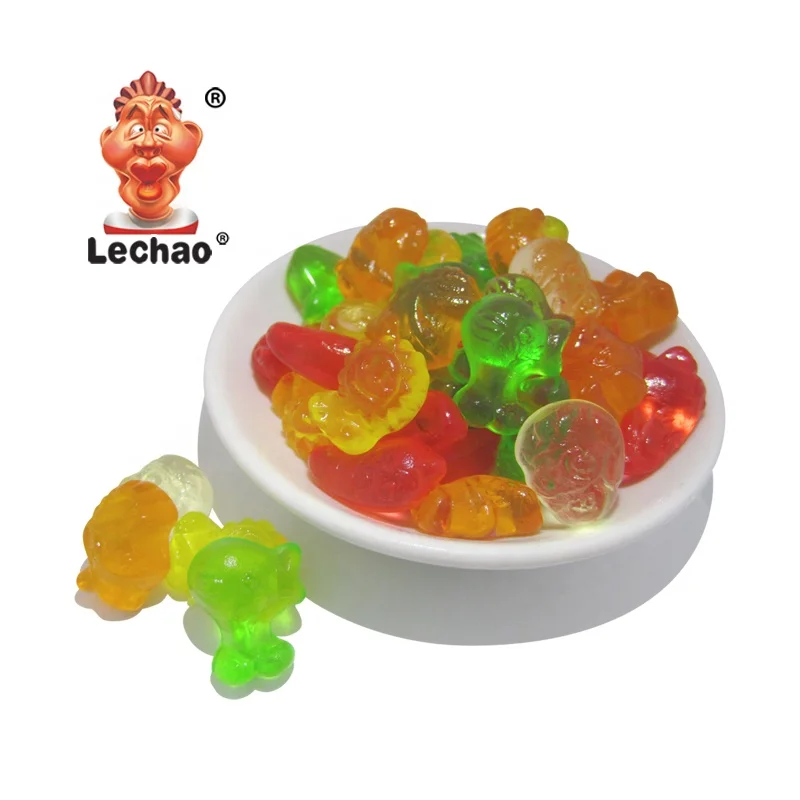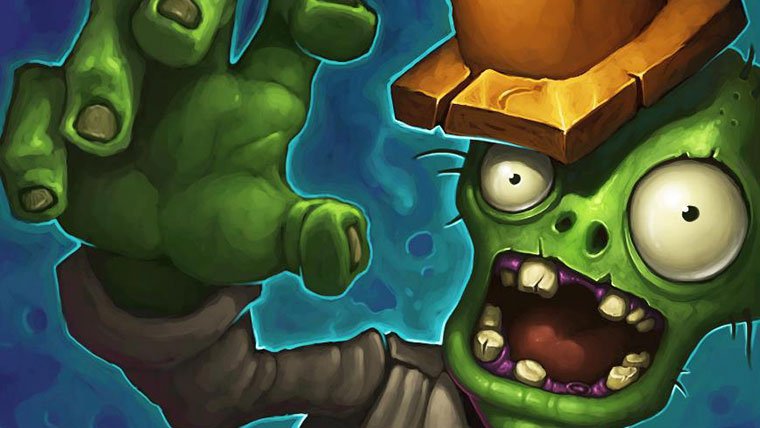

Simply having a level number is not enough: players need to physically see progression, especially if they want to tell everyone on Facebook how far they are. The simple format of having a trail players can move along as they progress is psychological heroin.

The second difference has very little affect on gameplay, but it is the root of the addictive nature of Candy Crush – the level structure. Players can also attain extra lives by asking Facebook friends for them (read: free advertising) or they can change the clock on their devices (but that’s cheating, and if players are willing to sacrafice their eternal souls for another crack at level 65, that’s their business) Not a bank breaking amount – 99cent for a full set of five lives – but if enough people do it (and enough people are doing it, see the 46million figure above) then the company really doesn’t need to charge for the game up front.

But if you want power ups, bonuses or extra lives, you’re going to have to cough up. Or at least, its ‘freemium’, meaning you can download and play the game for free – and can complete it – without paying a penny. But Candy Crush has two crucial differences: one very obvious, one seemingly trivial – but both equally important.


 0 kommentar(er)
0 kommentar(er)
